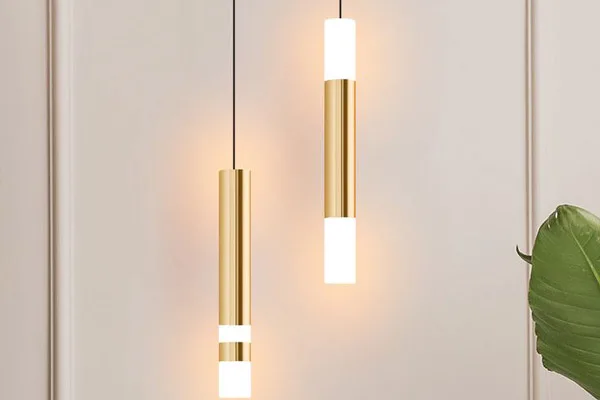Pressure die casting offers a unique combination of benefits that perfectly align with lighting requirements:
Superior Thermal Management: This is the most critical factor for LED lighting. LEDs generate significant heat that must be dissipated to maintain performance, color stability, and longevity. Die-cast metal housings act as integrated heat sinks, pulling heat away from the LED module.
Excellent Durability and Stability: Lighting fixtures, especially outdoor and industrial ones, must withstand vibration, impact, and harsh environments. Die-cast parts are robust and rigid.
Complex, Seamless Designs: The process allows for the creation of intricate, single-piece housing with integrated cooling fins, mounting points and wire channels, reducing assembly parts and costs.
Super Surface Finish: Parts emerge from the mold with a smooth surface, ideal for subsequent finishing processes such as painting, powder coating, or anodizing.
High volume production: This is cost-effective for large-scale production typical of the lighting industry.
EMI/RFI Shielding: Metal housing naturally provides shielding, which is important for some specialized lighting and smart lighting systems.
Common lighting components application pressure die casting
|
Component Type |
Specific Examples |
Key Rationale |
| LED Heat Sinks & Housings | LED bulb housings, downlight cans, spotlight bodies, high-bay light fixtures. | Heat Dissipation: The primary function. Aluminum’s high thermal conductivity is crucial. Fins can be cast directly onto the housing to maximize surface area. |
| Outdoor & Architectural Fixtures | Street light luminaires, floodlight bodies, bollard light housings, garden light fixtures. | Weather/Durability: Provides a sealed, robust enclosure that protects internal components from rain, dust, UV radiation, and physical impact. |
| Decorative & Residential | Chandelier frames, pendant light bodies, lamp bases and holders, track lighting heads. | Aesthetic Flexibility: Can create complex, ornate designs in metals like zinc that are strong yet can be finely detailed and plated to look like brass, bronze, or nickel. |
| Industrial & Commercial | High-bay and low-bay lighting housings, vapor-tight fixture bodies, troffer frames. | Robustness & Safety: Withstands harsh industrial environments (vibration, dust, moisture) and often has integrated mounting and wiring features. |
| Automotive Lighting | Headlamp housings, tail lamp bezels, fog light bodies. | Heat & Precision: Manages heat from high-power bulbs (especially HID/LED) and allows for complex shapes that integrate with the car’s body design. |
Materials Used in Lighting Die Casting
Aluminum Alloys
ADC12 (A383, A360, or similar): The most common alloy due to its excellent casting properties, lightweight nature, thermal conductivity, and corrosion resistance.
ADC10: Similar to ADC12 but with different alloying elements, used for smaller or more intricate parts.
Silumin (Silicon Aluminum Alloys): Sometimes used for specific applications requiring high corrosion resistance.
Zinc Alloys
ZA-8, ZA-12, ZA-27: Used for smaller, intricate, or detailed lighting components because of their excellent casting characteristics and strength.

LED light
The Process in Action: Example of an LED Street Light
1. Design: The housing is designed as a single die-cast part with intricate internal channels for wires and an array of thin, tall cooling fins on the outside.
2. Casting: Molten aluminum is injected under high pressure into a precision-made steel die.
3. Finishing: The raw casting is trimmed, deburred, and then typically powder-coated black or a dark color to maximize heat radiation.
4. Assembly: The LED board is mounted directly onto the smooth, inner surface of the die-cast housing (often with thermal paste) to ensure efficient heat transfer. The driver, lens, and seals are then added.
Conclusion
Pressure die casting is more than just a way to make a metal box for a light. It is a foundational technology that has enabled the LED revolution to deliver on its promise of efficiency, longevity and design flexibility. By providing unparalleled solutions to the intertwined challenges of thermal management, structural integrity, manufacturing efficiency and aesthetic design, it continues to be the process of choice for lighting manufacturers pushing the boundaries of what is possible in lighting.
